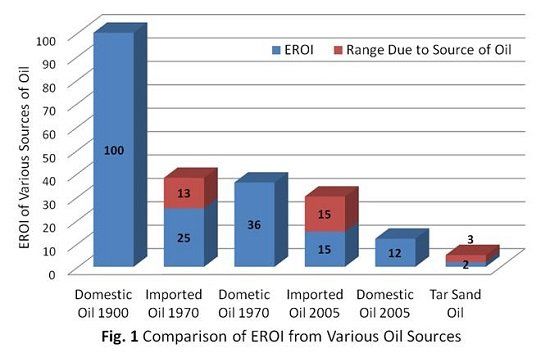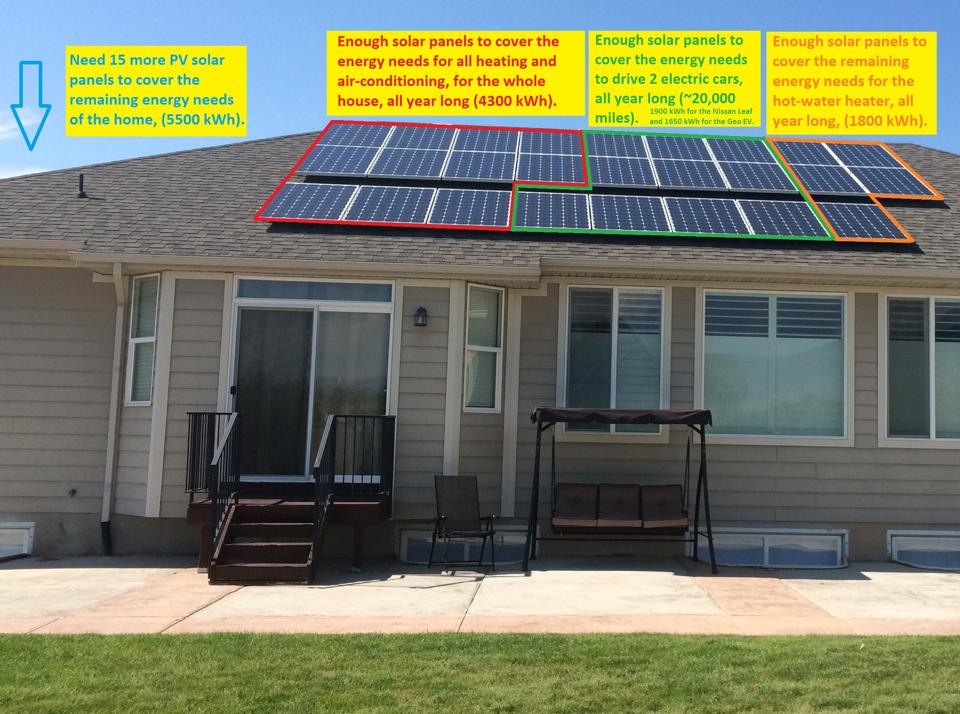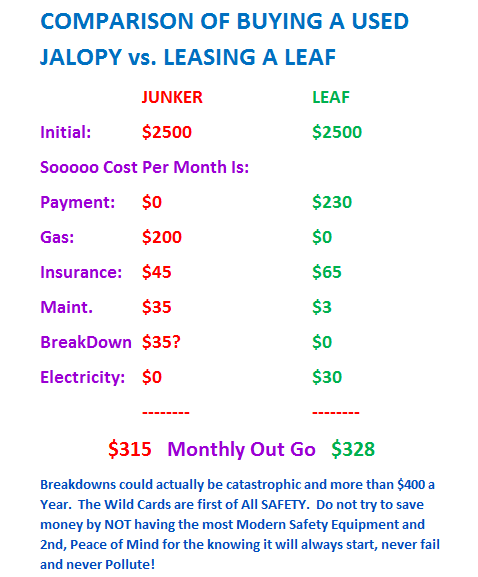Published Sunday October 19, 2014: Updated October 26, 2014
Well to Wheels Efficiency of ICEs and EVs
It takes a finite amount of energy to extract oil from the ground, refine it and transport it to the pump. While this energy is not factored into the fuel economy of a vehicle, its environmental footprint is very real and should be considered whenever you are buying a car based on its fuel economy or making the conscious decision to not buy an electric vehicle.
And while electric cars are much cleaner, if you are not using renewable energy to charge it up, you too need to consider the environmental footprint of the electricity used to power your car.
Well to Wheels Efficiency of a Gas Car:
In the early days of pumping oil from the ground, oil was called “easy” because it took so little effort to extract it. For every unit of energy spent in the extraction process, you got 100 units of fuel energy out.
After drilling a well, the oil would literally shoot out of the earth.

Off Shore Drilling
This “easy” oil has long since peaked and is almost all gone now. What remains of “easy” oil is under the sea floor. Getting to this oil is very difficult, often ending in horrible environmental devastation and massive economic losses to the fishing industry in that region.

Unconventional Sources of Oil
While there is still an enormous amount of oil remaining in the ground, extracting it is extremely difficult and requires a lot more energy to get it out. Most of the remaining oil accessible from land is not even in liquid form. It is locked up in shell formations and in tar sands.

Bitumen or tar sand-- An abundant but very poor quality source of oil
Environmental devastation is the price we pay when this “hard, dirty” unconventional oil is extracted, heated into a liquid form and then transported across the globe to be refined into gasoline.

Say goodbye to the Boreal forests in Canada and hello to the Alberta Tar Sands
Today most of our gasoline comes from these very dirty, energy demanding sources. Unlike the 100x energy ROI of the long gone "easy" oil, for today's oil, for every unit of energy in, only 2 to 3 units of fuel energy are returned.

Extracting today's oil is so energy intensive, it reduces the well to wheels fuel economy of your vehicle by 41% to 61%.
So if your car gets 25 mpg, if it were burning gasoline originating from refined Alberta tar sands, its actual well to wheels mpg is only 10 mpg.
A clean hybrid car getting 54 mpg is effectively only achieving 21 mpg.
Note: The indirect, $2.4 Trillion dollar energy costs we spent on military defense of foreign oil interests are not factored in to this calculation. Nor is the $120 Billion/year (in the US alone) in medical costs (we pay indirectly for fossil fuel companies to use the environment as their own sewer), factored in. Nor are the economic losses of climate change factored in.
A gallon of oil contains about 40 kWh of energy. Once the oil is transported to the refinery, it takes up to 7 kWh of its energy (~20% of the energy in a gallon of gas) and external electricity to refine it into a single gallon of gasoline. On the other hand, you can drive an electric vehicle for 30 miles on that same 7 kWh of energy, all without having to mine or pump the oil out of the ground in the first place.
Well to Wheels Efficiency of an Electric Car:
Electric motors are 4-5 times more efficient at converting energy into motion than an internal combustion engine. But as with gas cars, an electric vehicle's EPA fuel economy rating can also be de-rated depending on the source of electricity being used to charge the battery.
If an all-electric Nissan Leaf's (EPA rated at 134 mpg-equivalent) battery pack was charged up using 100% coal powered electricity, through the US power grid, (which also has a 5.7% transmission line loss), its fossil fuel burden would de-rate its equivalent fuel economy
down to 60.3 mpg-equivalent.

Natural gas is far less polluting when it is burnt but local pollution at the frack well site in effect makes it not much cleaner than coal.

Northern Utah gets its electricity from the following sources:
- Natural Gas 50%
- Coal 32%
- Hydro-Electricity 16%
- Wind 2%
- PV Solar 0.1%
Charging a Nissan Leaf's battery using a Utah blend
of grid powered electricity would de-rate the Leaf's fuel economy to about 94 mpg-equivalent.
In comparison, if this same Nissan Leaf were charged on solar power from PV panels on your own garage roof, its equivalent mpg would remain at 134 mpg-equivalent as this free, clean energy source would not have any mpg de-rating.
It only takes about 5 large solar panels to cover all of the energy required to charge/drive an electric vehicle 10,000 miles per year.

It only takes 10 of the solar panels on our home's roof to power both of our electric cars all year, every year, for life. FOR FREE!

The following video is a funny example of what our children and grandchildren's reaction will be when we tell them we used to drive gas cars and had to "pay" for fuel.
Did you know that PV solar panels also have an environmental footprint as well? It is incurred during manufacturing process. Fortunately, the pollution trade-off is recouped in less than 3 years of operation. After that, solar panels are truly zero emission energy collectors.
When it comes to environmental devastation, not only are electric cars more ethical than gas cars, over their lifespan, they are also less expensive to operate than almost any gas car.

Courtesy of Tim Daley Nissan
The next time you find yourself in the market for a new or used vehicle, make the fiscally intelligent choice, the environmentally responsible choice, the patriotic American choice, the boy scout "Leave No Trace" choice, the "respecter of God's creations" choice, the “stick it to the man” choice and buy electric.
Once you begin driving an electric vehicle, for heaven's sake, charge it with renewable energy, preferably with free energy from your home's own solar panels.
